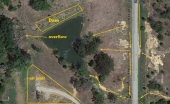
 5
5




My goal? To create a wildlife habitat on our surburban (almost rural) property using mostly California native plants and inspire others to do the same.
Also to learn how to grow some edibles - more than the herbs I have grown before.
 3
3





Living in Anjou , France,
For the many not for the few
http://www.permies.com/t/80/31583/projects/Permie-Pennies-France#330873
 6
6




Idle dreamer
 4
4




 Maybe it will inspire other folks. I guess I could start a project thread too, though those tend to get so long, can we have more than one project thread? I could do one for the wildlife garden and one for the general permaculture/earthworks/etc stuff.
Maybe it will inspire other folks. I guess I could start a project thread too, though those tend to get so long, can we have more than one project thread? I could do one for the wildlife garden and one for the general permaculture/earthworks/etc stuff.
My goal? To create a wildlife habitat on our surburban (almost rural) property using mostly California native plants and inspire others to do the same.
Also to learn how to grow some edibles - more than the herbs I have grown before.
 8
8




 4
4




My goal? To create a wildlife habitat on our surburban (almost rural) property using mostly California native plants and inspire others to do the same.
Also to learn how to grow some edibles - more than the herbs I have grown before.
 7
7




Susan Taylor Brown wrote:
Yes, I suppose perhaps this isn't the perfect set of forums to discuss wildlife habitat though I really believe there are many of us that not only want to adopt a sustainable way of growing for human consumption but who also want to become stewards of the earth for Mother Nature's family.
Idle dreamer
 4
4




My goal? To create a wildlife habitat on our surburban (almost rural) property using mostly California native plants and inspire others to do the same.
Also to learn how to grow some edibles - more than the herbs I have grown before.
 1
1





Living in Anjou , France,
For the many not for the few
http://www.permies.com/t/80/31583/projects/Permie-Pennies-France#330873
 1
1




Susan Taylor Brown wrote:Plus I would like to do it all with rainwater so I need to figure out how to do a cistern which could send the water to a wetland which could then send it to the water feature.
Idle dreamer
 3
3




Idle dreamer
 3
3




 1
1





My goal? To create a wildlife habitat on our surburban (almost rural) property using mostly California native plants and inspire others to do the same.
Also to learn how to grow some edibles - more than the herbs I have grown before.
 2
2




![Filename: rainwater-copy.jpg
Description: [Thumbnail for rainwater-copy.jpg]](/t/57143/a/41024/rainwater-copy.jpg)
Idle dreamer
 1
1




 I appreciate the brainstorm. One reason this piece of property appealed to us is that it is so well setup for gravity water collection.
I appreciate the brainstorm. One reason this piece of property appealed to us is that it is so well setup for gravity water collection.
My goal? To create a wildlife habitat on our surburban (almost rural) property using mostly California native plants and inspire others to do the same.
Also to learn how to grow some edibles - more than the herbs I have grown before.
 2
2




Idle dreamer
 1
1




Tyler Ludens wrote:Cattail will definitely invade any pond you put them in - I made the dire mistake of putting them in my little frog pond, and they took over and killed some other plants, and are now a maintenance nightmare until I can finally remove them all. So I advise only planting them in a container in which you don't want anything else. I really like Cattail but they need careful placement.
My goal? To create a wildlife habitat on our surburban (almost rural) property using mostly California native plants and inspire others to do the same.
Also to learn how to grow some edibles - more than the herbs I have grown before.
 1
1




 ), to all the little details as they emerge. LOVE that photo of the chickadee, and the water feature. Gorgeous. Looking forward to more!
), to all the little details as they emerge. LOVE that photo of the chickadee, and the water feature. Gorgeous. Looking forward to more!
 1
1





My goal? To create a wildlife habitat on our surburban (almost rural) property using mostly California native plants and inspire others to do the same.
Also to learn how to grow some edibles - more than the herbs I have grown before.
 1
1





 1
1




 2
2




My goal? To create a wildlife habitat on our surburban (almost rural) property using mostly California native plants and inspire others to do the same.
Also to learn how to grow some edibles - more than the herbs I have grown before.
 1
1




Invasive plants are Earth's way of insisting we notice her medicines. Stephen Herrod Buhner
Everyone learns what works by learning what doesn't work. Stephen Herrod Buhner
 4
4




John Elliott wrote:My goal in adopting permaculture principles was not to create a habitat for wildlife -- it just happened.
 3
3




Susan Taylor Brown wrote:I highly recommend Lightroom and giving up renaming photos for tagging them. I have over 75,000 photos in Lightroom right now and they all just have their generic name that comes off the camera or the phone. The trick is that as soon as you import them into Lightroom, you need to tag them. I always start with a few basic tags, dog, bird, water, house, yard. I tag anything that has anything to do with this property with the name of our street. Then Lightroom does a few things for me automatically. It sorts things into virtual folders by months and years. Then, based on the tags, it can set them up in virtual "collections" so that I can click "yard" and see every picture that references this yard. With the last house I was on top of the tagging but since we moved here I have let it get away from me and I will need to devote a couple of days of getting caught up. It is a wonderful way to search for photos based on tags. I do most all of my editing to photos within Lightroom as well. I just love the virtual catalog. And your photos can be, if you want, anywhere on your computer and it can track them for you. A steep learning curve but I have found it invaluable.
 1
1








At my age, Happy Hour is a nap.




John F Dean wrote:Susan last posted in 2018.
 1
1




Invasive plants are Earth's way of insisting we notice her medicines. Stephen Herrod Buhner
Everyone learns what works by learning what doesn't work. Stephen Herrod Buhner
 2
2




 2
2




Mari Henry wrote:The fountain idea was great. Yes. I wonder what happenes to people too.
(Reminder to myself) God didn't say, "well said, well planned, and well thought out." He said, "well done."
Nikki's Wishlist
 1
1




Invasive plants are Earth's way of insisting we notice her medicines. Stephen Herrod Buhner
Everyone learns what works by learning what doesn't work. Stephen Herrod Buhner




$10.00 is a donation. $1,000 is an investment, $1,000,000 is a purchase.
 1
1




"Also, just as you want men to do to you, do the same way to them" (Luke 6:31)
 2
2




Invasive plants are Earth's way of insisting we notice her medicines. Stephen Herrod Buhner
Everyone learns what works by learning what doesn't work. Stephen Herrod Buhner










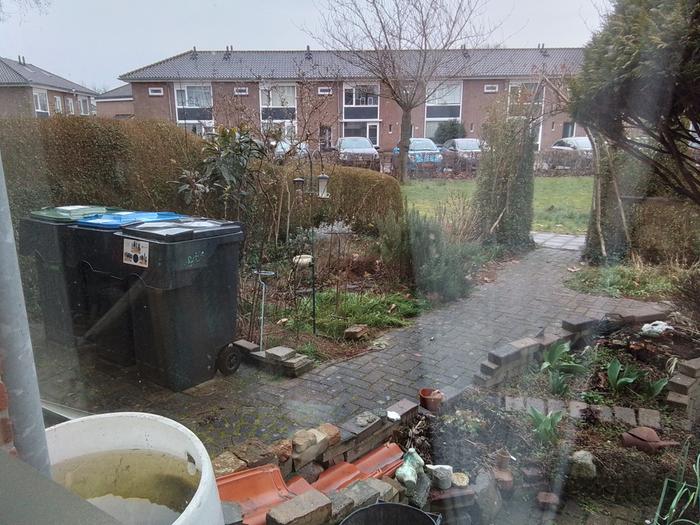
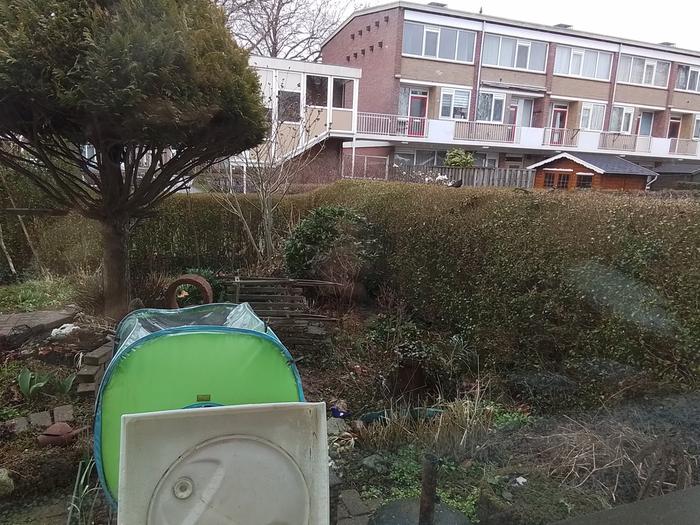
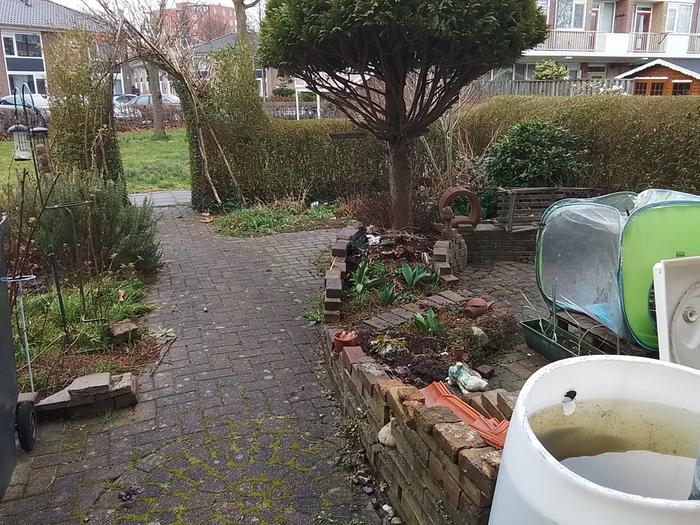
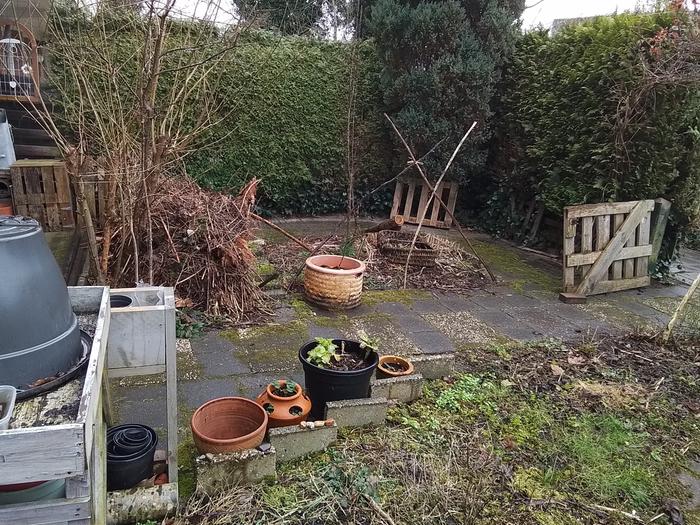
"Also, just as you want men to do to you, do the same way to them" (Luke 6:31)










"Also, just as you want men to do to you, do the same way to them" (Luke 6:31)




Inge Leonora-den Ouden wrote:I only want to tell this. I don't have a photo. But I saw two butterflies flying over my front yard garden! Not a rare one, but this is early (March 17th). Probably because it's a sunny day they came out of their winter hiding place.
Does this species live near you too? Probably not if you're in America. It's called Gonepteryx rhamni in Latin, my translations in English say: (common) brimstone (butterfly) or lemon butterfly. Anyway: it has a lemon yellow colour.
$10.00 is a donation. $1,000 is an investment, $1,000,000 is a purchase.










Cécile Stelzer Johnson wrote:
Inge Leonora-den Ouden wrote:I only want to tell this. I don't have a photo. But I saw two butterflies flying over my front yard garden! Not a rare one, but this is early (March 17th). Probably because it's a sunny day they came out of their winter hiding place.
Does this species live near you too? Probably not if you're in America. It's called Gonepteryx rhamni in Latin, my translations in English say: (common) brimstone (butterfly) or lemon butterfly. Anyway: it has a lemon yellow colour.
In zone 4b Central Wisconsin, we do have a small yellow butterfly but it is unlikely to be Gonepteryx Rhamni: Looking at the Wiki, which also gives you a picture of this lovely type of butterfly, their range is in what they call the palearctic. [Essentially what we call here "the old world", [the world that was known before we discovered the Americas]. Here is the link:
https://en.wikipedia.org/wiki/Gonepteryx_rhamni
It was surprising to see such a dichotomy for the range of this butterfly. Here are some butterflies we have in Wisconsin:
https://birdwatchinghq.com/butterflies-in-wisconsin/
We have more than these, and these are in many other States as well, but these are the most easily recognized.
I wonder if you have these or not [The maps for their range only considered the US]
"Also, just as you want men to do to you, do the same way to them" (Luke 6:31)




